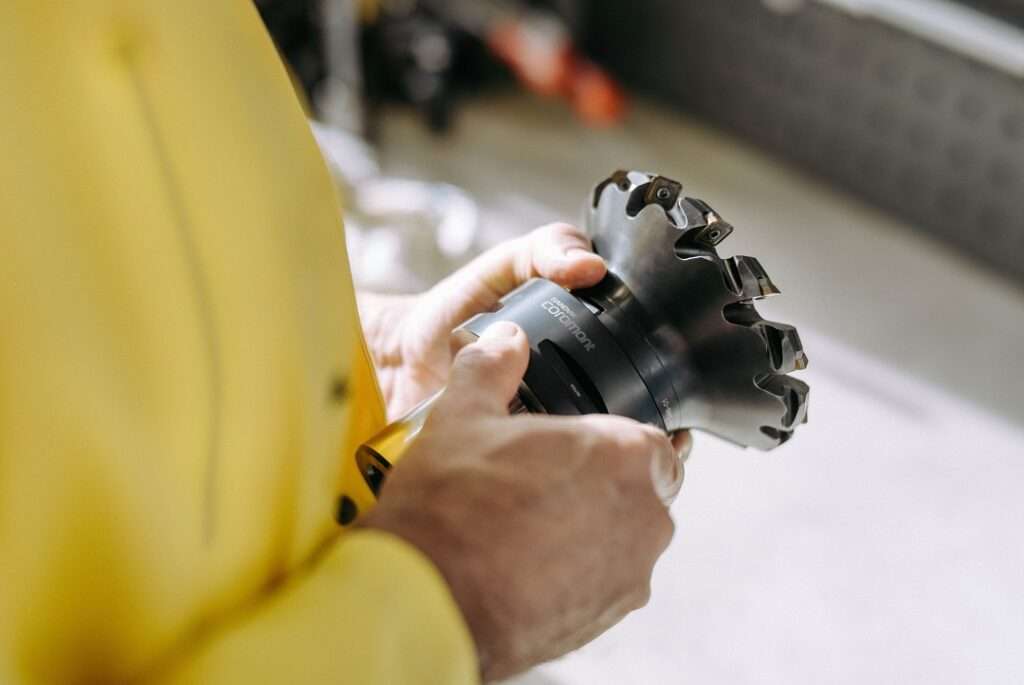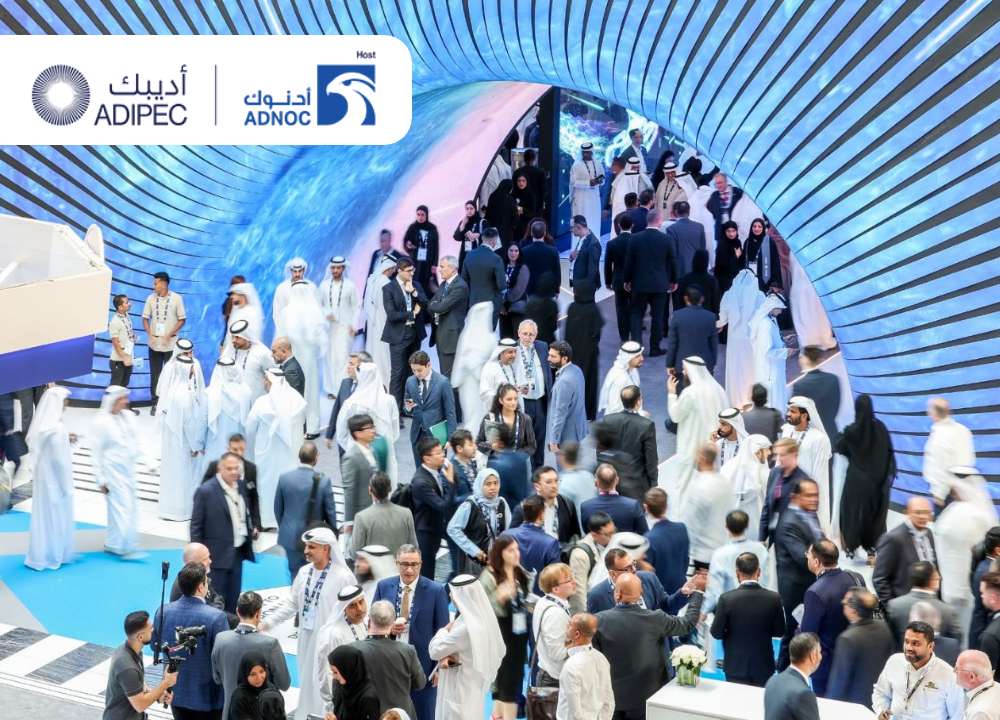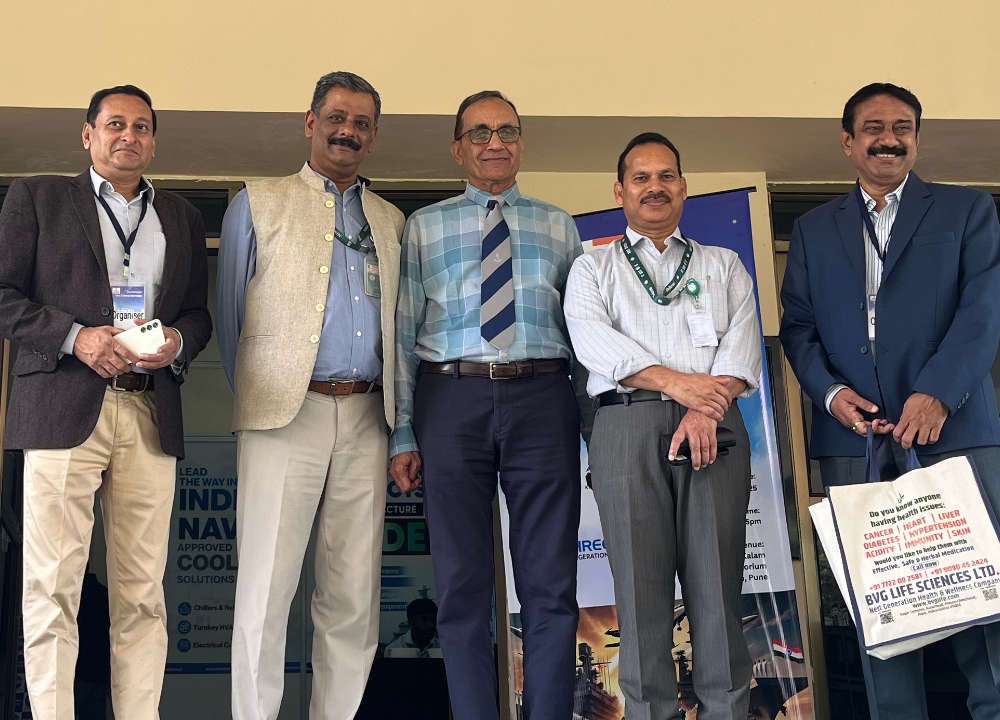IOC has been on a streak of groundbreaking advancements in fuel grades. Now, the company has its sights set on Formula One (F1) with plans to begin producing the high-performance fuel used in this thrilling motor racing category within the next three months.
Indian Oil Corporation Limited (IOCL) is India’s largest commercial enterprise, with a vast network of refineries, pipelines, and marketing infrastructure spanning the country. Founded in 1959, IOCL has played a pivotal role in fueling India’s growth and development. The company is involved in the refining, pipeline transportation, and marketing of petroleum products, including petrol, diesel, LPG, and lubricants.
Chairman Shrikant Madhav Vaidya announced that IOC’s refinery in Paradip, Odisha, will be the source of the petrol used in F1 cars. This move will make IOC the first Indian company and one of the few globally to manufacture fuel specifically for F1 racing. Vaidya explained that the company aims to have its Formula 1 fuel certified within approximately three months. Once certified, IOC will join the ranks of other major players like Shell in supplying fuel to F1 teams.
F1 fuel is a type of high-octane petrol, and its standards are strictly regulated by the Federation Internationale de l’Automobile (FIA), the global motorsport governing body, in terms of permissible additives and blending agents. In October last year, IOC facilitated India’s entry into an exclusive group of nations by commencing the production of highly specialized ‘reference’ petrol and diesel, used for automobile testing.
Only three suppliers globally, including US giant Chevron, provide such reference fuels. IOC’s Paradip refinery in Odisha produces ‘reference’ grade petrol, while its Panipat unit in Haryana produces similar quality diesel. Previously, Indian automobile manufacturers had to rely on imported reference fuel for testing cars and motorcycles. Now, IOC supplies them with the same grade fuel at a significantly lower cost.
Fuel retailers like IOC typically offer two types of petrol and diesel – regular and premium – through their network of fuel stations. The main difference between normal and premium fuel lies in their octane numbers. Regular fuel has an octane number of 87, while premium fuel has an octane number of 91. Reference grade fuel boasts an octane number of 97.
The octane number serves as a measurement for gauging the ignition quality of petrol or diesel. Vaidya mentioned that his company offers three premium fuels, namely 95-Octane XP95 petrol, 100-Octane XP100 petrol, and high-performance XtraGreen diesel. These fuels are used in high-end luxury cars and bikes, with the XtraGreen diesel boasting benefits such as higher fuel economy, reduced noise, and lower emissions of particulate matter, carbon monoxide, and nitrogen oxides.
Vaidya emphasized that XtraGreen diesel is a revolutionary fuel, rapidly gaining popularity and accounting for approximately 8% of all diesel sold by IOC. Additionally, IOC has ventured into the racing fuels market with its high-octane ‘Storm’ petrol designed for motorcycle racing.
IOC has secured the position of official fuel partner for the Federation Internationale De Motocyclisme (FIM) Asia Road Racing Championship (ARRC) for the period 2024 to 2026, supplying ‘Storm’ petrol for all ARRC race rounds. The company will supply fuel for all participants from 15 countries in the FIM Asia Road Racing Championship.
Vaidya stated that their research and development (R&D) efforts will enable them to produce Category-1 fuel within two months and Formula 1 fuel within three months. He expressed that the journey is incomplete without venturing into Formula 1. The ‘Storm’ fuel is being produced at IOC’s Koyali refinery in Gujarat, while XP100 is manufactured at its Mathura refinery in Uttar Pradesh.
Presently, F1 employs E10 fuel containing 10% renewable ethanol, with the percentage of fuel from non-fossil sources expected to increase to 40% in 2024 and reach 100% sustainable fuel by 2026. Vaidya mentioned that IOC will begin producing a similar grade of fuel and then approach F1 racing teams for collaboration. Unlike the FIM Asia Road Racing Championship, where a single fuel supplier serves all motorcycles, F1 teams can choose their own fuel supplier.
For example, Shell supplies fuel to Ferrari. Vaidya expressed that this is just the start. ‘Storm – Ultimate Racing Fuel’ promises faster acceleration, increased power, smoother driving, reduced engine deposits, and lower exhaust emissions. It is suitable for all racing championships, including enduro, trial, circuit racing, motocross, supermoto, cross-country, e-bike, and track racing, for all classes of motorbikes that require FIM Category 2 race fuels. The F1 fuel will be even more advanced, falling into the high-octane premium road fuel category with octane levels ranging from 95 to 102.








